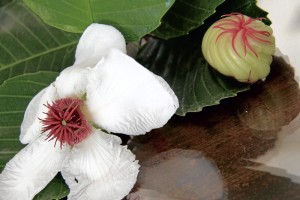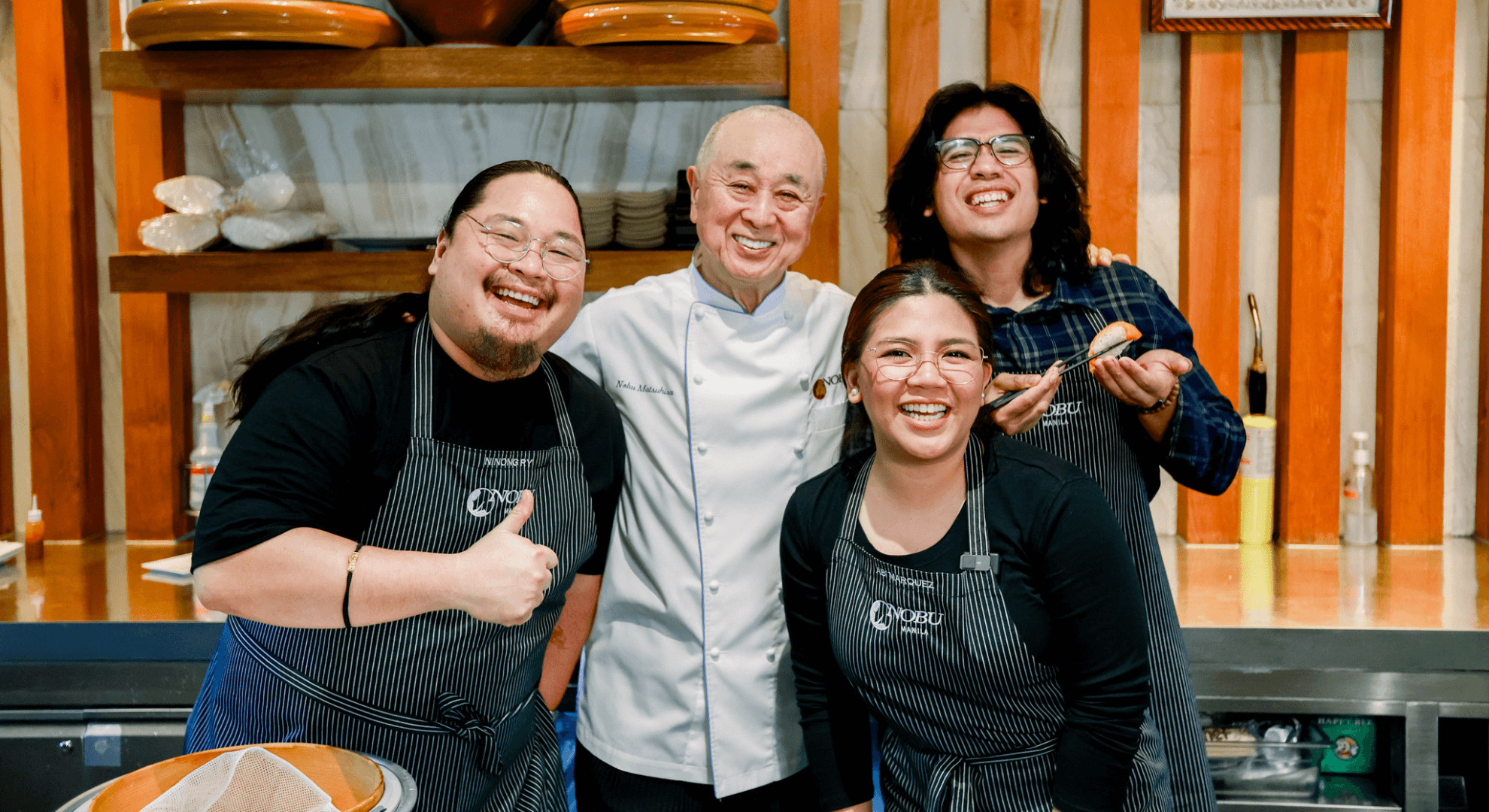
My love for trees and for plants in general is something I have proudly inherited from my dad, who, throughout his lifetime, planted thousands of them.
When I saw the book “Philippine Native Trees 101,” I couldn’t help but marvel at the many species endemic to us. I was delighted by the many stories of the contributors, who recounted memories of their childhood, back when trees were abundant and how these towering masterpieces of nature played a significant part in their lives.
Happy as I was browsing through the pages and learning about our local trees, I was also deeply saddened to discover that quite a number of our local species have become endangered.
I immediately called Tita Imelda Sarmiento of Hortica Filipina Foundation (who wrote the book intro) to ask if she knew anyone who knew about trees, specifically their culinary uses, in the hope that if we were further educated on the subject, more trees will be saved somehow.
She gave me a list of people to get in touch with. But for some strange reason, none of those conversations bore fruit, until six months after, when another Imelda, Imelda Go, walked into my kitchen and gave me with what I now fondly call the katmon (elephant apple) gift set: a plant, a basket of its fruits and flowers. She said that the fruit is a must-try as a souring agent for sinigang in place of sampalok, and to blend with sugar and ice to make a refreshing shake.
She then proceeded to show me how to cook with it, slowly removing a couple of layers of its peel, until we got the heart of it—a light-green interior that looked like it was hand-carved to an angled sphere, with a spider-like pink flower right in the center.

The katmon tree is not a very tall one; the ones I saw had a straight trunk with leaves that grew naturally into a round topiary. It bears fruit abundantly and is splashed here and there with huge showy white blooms.
The katmon belongs to that special group of random things that pop up before your very eyes and create an “aha” moment, the type that makes you stop and say, yes, there is a God, and he must have created this splendid tree during one of those days that he awoke even more creative than usual.
It was time for me to try and cook with it.
‘Sinigang na baboy sa katmon’
1 k pork liempo, bone-in, skin on, cubed 1 inch
2 onions, peeled and quartered
10-12 katmon fruits depending on how sour you want your sigang to be (outer layers of skin removed until the pulp and the pink flower-like fibers are exposed), quartered
3 green chilies, pang-sigang
Fish sauce, to taste
1 tsp whole peppercorns
Salt, to taste
1 large eggplant, sliced
1 small radish, sliced
Few strings of long beans
Half a bunch of kangkong (water spinach)
Wash liempo without drying it completely; the water on the meat will help extract more oil.
On a hot thick-bottomed soup pot, put the liempo, stirring every so often, allowing the meat to brown and extract its own fat (if your meat does not extract enough fat and starts sticking to the bottom of the pan, add a tablespoon of vegetable oil).
Once the meats are seared, add the onions, the katmon and the chilies to the meat.
Add a tablespoon or two of patis and peppercorns; continue to mix until the onions and katmon are soft and the fish sauce fragrant, about 5 minutes.
Add water, enough to cover the meat without drowning it.
Bring the mixture to a boil then lower the heat, leaving it to simmer until tender.
Season to taste with salt and patis; seasoning with both makes for a more balanced dish than just using one over the other.
Add the vegetables.
Serve.
Rich, tart broth
Everyone I made this sinigang for loved it! It is very different from the one made with sampalok, which is another dish altogether. For starters, the fruit is a cross between kamias (though not as sharp and as tart), balimbing and green tomatoes. The combination makes for a broth that is tart but rich, well-rounded, full-bodied and thick (as the katmon cooks, it turns to mush, thus thickening the soup as gabi does, but with no starchiness).

The soup it makes is the kind that leaves you wanting for more. The taste and flavors are clean with no sharp or tangy spike on the palate. It goes down smoothly and leaves no aftertaste.
The katmon is as beautiful as it is delicious, a tree worth planting, propagating and saving (the tree’s current status is vulnerable) for the sinigang of our future generations.
Other katmon uses, according to the “Native Trees 101” book: “Fruit is eaten fresh or made into jellies or sauces; fleshy sepals of fruit also eaten and used to make cough syrup and hair shampoo; bark yields red dye; wood used for general construction.”
I wish to laud Mang Morlinie for his effort to save and propagate the katmon.













































